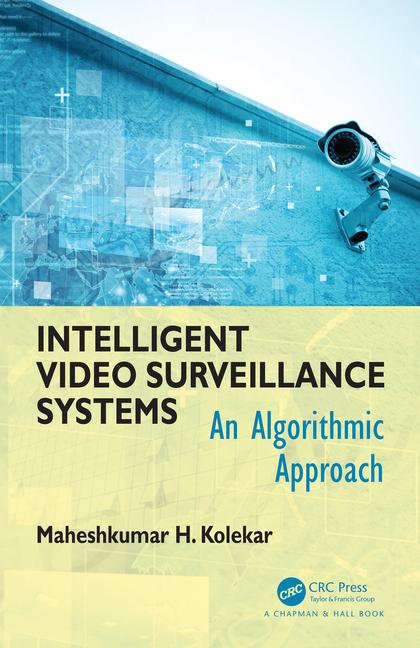It’s safe to say that the video management software products have begun the 2.0 era. This era is all about how big the software can scale, and each year the industry will announce the new “biggest” system thus far. Included in this 2.0 era are concepts like VSaaS and virtualization, which decouples the hardware limitations from the software scalability. When the concept of video management software was being developed in the early IP camera days, the security industry was focused on the NVR, whose key function was to record networked surveillance cameras compared to the DVR, which recorded analog surveillance cameras. Over the past four years, however, the NVR and DVR have basically merged into the recording appliance product category. These devices are still hardware, rather than software-centric, and because of this they have built in hardware limitations that keep them from scaling. The merger of the NVR and DVR could be seen as a consolidation event within the market, where the blending of the products allows room for the new product segment to take over as “the next big thing.” The next big thing is the 2.0 VMS product category, which is all about scaling big.
1.0 VMS vs. 2.0 VMS
The initial video management software products were basically recorder software that was independent of a hardware platform. These software-only recording products provided basic recording features and have evolved into the 2.0 versions, which see recording as one of hundreds of features. As features have expanded, the 2.0 VMS products are able to successfully scale to thousands of camera devices under a single video management system. When thousands of devices are networked together and these deployments are geographically dispersed the management feature capabilities become most important and recording becomes secondary. As recording has become secondary, the role of the hardware-centric NVR has become the bottleneck in creating a completely scalable video security solution. In addition, the 1.0 VMS products were also not able to scale because they lacked the mature management capabilities and were still very hardware dependent. The 2.0 VMS products don’t have these challenges and they will drive the security industry towards scalable IP-based systems even faster.
Hardware Virtualization
The biggest enabling technology that is driving the scaling capabilities of the VMS 2.0 product segment is hardware virtualization software from Microsoft or VMWare. These software technologies are used by every IT department and provide significant management capabilities. However, the use of them within the security industry is very limited. The technology that is driving the VMS 2.0 products including the video surveillance as a service or cloud-based systems is virtualization. When used, virtualization technology completely eliminates the hardware performance bottlenecks that plague the NVR/DVR and VMS 1.0 product segments. In addition, Intel CPU’s have been designed to support virtualization without any virtualization performance overhead. This truly opens up the security industry, where price/performance for recording is can be designed below $30 per camera in large virtualized VMS 2.0 designs, compared to well above $300 per camera in the NVR hardware-centric designs.
Software Feature Wars
The explosion of new features is also a sign that the VMS 2.0 era has begun. Those features are not focused on the cameras; they are instead providing overall systems functionality like user management, mobile clients and data security. For the first time within the security industry, we are seeing feature-rich software with capabilities that solve problems that occur when you scale a networked surveillance system. The challenges that come with large-scale environments are complexity of design and management. These will require significant training investments of time and money, because as systems get more complex they require more competent staff to work with them.
Larger Numbers of Camera Deployments
There are significant security operational efficiencies that can be realized by security directors of large companies or governments. The resulting returns on investment look to be substantial. This ability to see the ROI is leading to even larger investments in camera infrastructure, and it creates the market for the scalable VMS 2.0 products.
Expanding Management Capabilities
Over the next few years the VMS 2.0 market will continue to make big investments in expanding the management capabilities even more, and this will continue to drive the segmentation and specialization of video surveillance software clients. This trend is already well on its way, with many systems having separate viewing clients and management clients and the latter becoming increasingly important. These video management clients are focusing on large-scale configuration, monitoring and reporting. Welcome to the VMS 2.0 era, where scalability is the killer app.
This article was previously published in the print magazine as "Video Management Software 2.0=Scalability."








